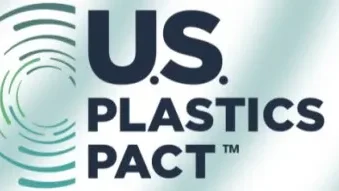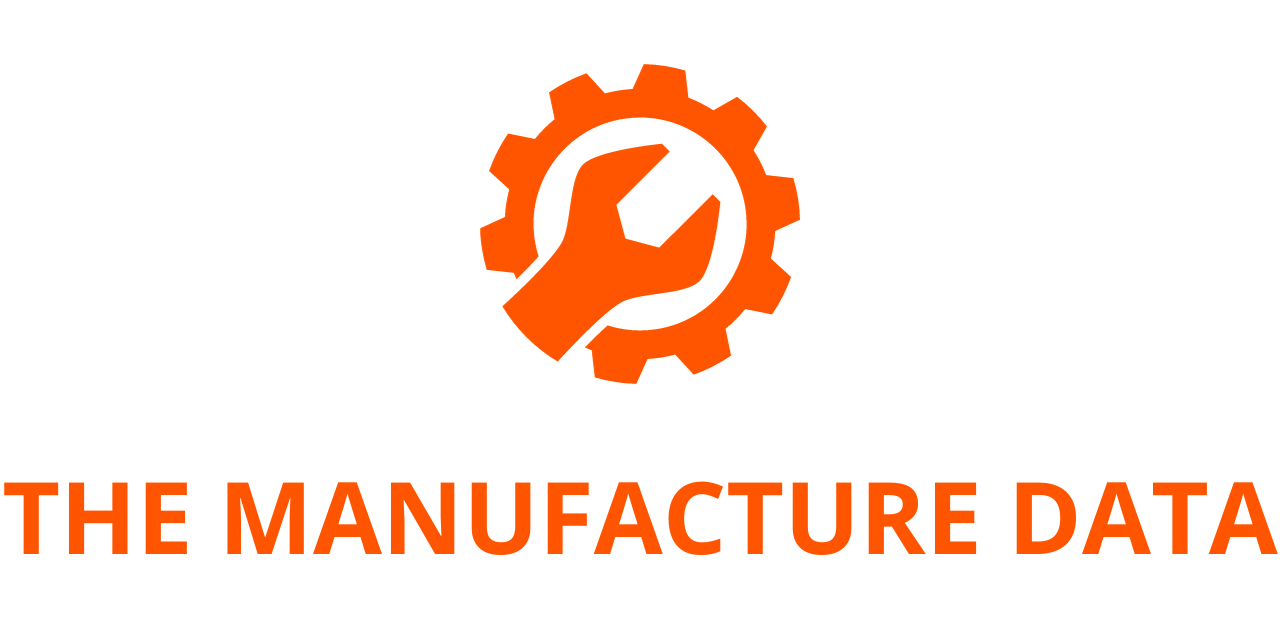
Report from U.S. Plastics Pact Urges Dual Approach to Scaling Recycled Content in Plastic Packaging
A newly released report from the U.S. Plastics Pact outlines an ambitious call to action aimed at increasing the use of postconsumer recycled content (PCR) in plastic packaging. The report, titled “Overcoming Barriers to Increasing the Use of PCR in the U.S.,” advocates for a combination of voluntary industry measures and bold public policy interventions to overcome the systemic barriers hindering progress. The goal is to significantly expand the role of recycled content in plastic packaging, reducing waste, lowering emissions, and driving the transition to a more sustainable circular economy.
The report is a comprehensive study that addresses the various challenges hindering the widespread adoption of PCR. These challenges range from supply chain bottlenecks to market volatility, creating a complex set of barriers for the plastic packaging industry. Drawing on input from over 100 participants in the U.S. Plastics Pact, including leading brands, retailers, recyclers, nonprofit organizations, and government agencies, the report offers a nuanced analysis of the interconnected obstacles across the entire plastic packaging value chain.
Jonathan Quinn, CEO of the U.S. Plastics Pact, emphasized the importance of addressing these barriers through collective action: “Using more recycled content in packaging reduces waste, cuts emissions, and keeps valuable materials in circulation. But persistent challenges from infrastructure gaps to market volatility mean that we need aligned, collective action to scale impact,” said Quinn.
The report highlights the significant role that both voluntary industry efforts and public policies can play in facilitating progress. By working in tandem, these solutions can build upon one another to create meaningful change in the recycling and packaging sectors. As outlined in the report, several key strategies have been identified to overcome the most pressing barriers:
1. Comprehensive Extended Producer Responsibility (EPR) Programs

One of the foundational strategies to increase the use of PCR in plastic packaging is the establishment of comprehensive Extended Producer Responsibility (EPR) programs. EPR is an approach where manufacturers are held responsible for the entire lifecycle of their products, including collection, recycling, and disposal. The report calls for the alignment of financial incentives with circular outcomes, which can be achieved through full cost coverage, eco-modulated fees, and consumer education. These steps would ensure that producers bear the cost of managing plastic waste and incentivize them to design products that are easier to recycle and use more sustainable materials.
The U.S. Plastics Pact urges the development of EPR systems that are tailored to the U.S. market’s unique needs. By promoting these systems, the Pact envisions a significant shift towards a circular economy, where materials like plastic are reused and recycled rather than discarded in landfills or incinerators.
2. Long-Term Procurement Commitments
Another central recommendation in the report is the need for long-term procurement commitments from brands and retailers. When companies make consistent, long-term commitments to purchase products with recycled content, they stabilize the market for PCR materials. Such commitments can drive investment in recycling infrastructure and create a dependable demand for recycled materials, providing a financial incentive for the creation of more sustainable supply chains.
Brands and retailers are in a pivotal position to influence the market, and their procurement choices can help shift the industry toward a more circular economy. By committing to long-term procurement of products made with high levels of PCR, businesses can help foster an environment of stability that supports infrastructure investments and creates a robust market for recycled materials.
3. Targeted Policy Interventions
In addition to voluntary actions, the report stresses the importance of targeted public policy interventions to address the barriers to PCR use. The U.S. Plastics Pact advocates for several key policy tools that can play a transformative role in driving the adoption of recycled content in plastic packaging:
- Deposit Return Systems (DRS): These systems incentivize consumers to return bottles and cans for recycling by offering a monetary reward for each returned item. The report suggests that implementing DRS programs at a national level would help increase the recycling rates of plastic containers, making it easier to collect valuable materials for reuse.
- Recycled Content Mandates: By introducing recycled content mandates, governments can require packaging manufacturers to use a minimum percentage of recycled content in their products. This policy would create a steady demand for PCR materials, helping to stabilize the market for recycled plastics.
- Landfill Tipping Fees: Another policy suggestion is the introduction of higher tipping fees for waste disposal at landfills. By increasing the cost of landfill disposal, this policy would incentivize recycling and waste diversion, directing more materials into the recycling stream rather than allowing them to be buried in landfills.
These policy interventions would play a key role in supporting the infrastructure and market for recycled content, ensuring that the transition to a circular economy is both feasible and sustainable.
4. Voluntary Actions and Industry Leadership
The U.S. Plastics Pact also emphasizes the importance of voluntary actions taken by industry stakeholders. While public policy is essential for long-term progress, voluntary actions by companies can have an immediate and significant impact on the market. The report outlines several voluntary measures that businesses can take to help overcome barriers to PCR adoption:
- Packaging Redesign: Companies are encouraged to redesign their packaging to make it easier to recycle and incorporate recycled content. Packaging redesign could involve reducing material usage, eliminating unnecessary packaging, or using materials that are more easily recyclable. This type of proactive design can help reduce the demand for virgin plastics and increase the use of recycled materials.
- Consumer Education: Educating consumers on the benefits of recycling and the importance of supporting products with recycled content is another crucial voluntary action. Consumer behavior plays a significant role in driving demand for recycled products. By providing consumers with clear information about the environmental impact of their purchasing choices, brands can foster a culture of sustainability and support the recycling industry.
- Investments in Domestic PCR Supply Chains: Finally, the report stresses the need for companies to invest in the development of domestic PCR supply chains. This includes supporting the growth of domestic recycling infrastructure, investing in new technologies for material recovery, and creating a more robust and resilient supply chain for recycled materials. By doing so, companies can reduce their dependence on imported virgin plastics and help establish a more sustainable and circular economy.
5. The Synergy Between Voluntary and Policy Actions
One of the most compelling points made in the report is the synergy between voluntary industry actions and policy interventions. Jonathan Quinn, CEO of the U.S. Plastics Pact, underscored that the two approaches are not mutually exclusive but rather reinforce one another. “Voluntary and policy solutions aren’t either-or—they’re mutually reinforcing,” said Quinn. “Industry leadership creates market momentum. Smart policy locks in progress and levels the playing field. We need both.”
By combining voluntary actions from businesses with strong policy frameworks, the U.S. Plastics Pact envisions a future where the use of PCR in plastic packaging is widespread, and the barriers to recycling and sustainable packaging are dismantled. The collaboration between industry leaders, policymakers, and other stakeholders is seen as essential for achieving a circular economy that is both environmentally sustainable and economically viable.
6. A Roadmap for a Sustainable Future
The U.S. Plastics Pact’s new report provides a clear roadmap for overcoming the barriers to increasing the use of PCR in plastic packaging. By aligning voluntary actions with smart policy interventions, the U.S. Plastics Pact believes that significant progress can be made in reducing plastic waste, lowering emissions, and promoting a more sustainable future.
The report’s recommendations are both ambitious and achievable, offering a comprehensive strategy for overcoming the systemic challenges that have historically limited the use of recycled content in packaging. With the right combination of industry leadership, policy support, and public awareness, the transition to a circular economy in the plastic packaging sector is within reach.
As the U.S. Plastics Pact continues to drive forward its mission of eliminating plastic waste and advancing a circular economy, the organization’s call for collective action is clear: the U.S. Plastics future of plastic packaging must be built on sustainable, recycled materials. Through coordinated efforts across the entire value chain, the barriers to using U.S. Plastics PCR in packaging can be overcome, paving the way for a more sustainable and resilient future.




